Imagine a world where the voices of the voiceless are heard, where the silent cries of animals echo through the corridors of compassion. In the realm behind the glass, zookeepers stand as the unsung heroes, tirelessly advocating for animal welfare. These dedicated individuals are not merely caretakers; they are champions of change, transforming the lives of animals one day at a time. Their mission is clear: to ensure that every creature, from the smallest insect to the largest mammal, is treated with dignity and respect. But what does it truly mean to be an advocate for animal welfare? Let’s embark on a journey to uncover the remarkable world of zookeepers and the profound impact they have on the lives of animals.
The Heart of the Zoo: Zookeepers as Caretakers
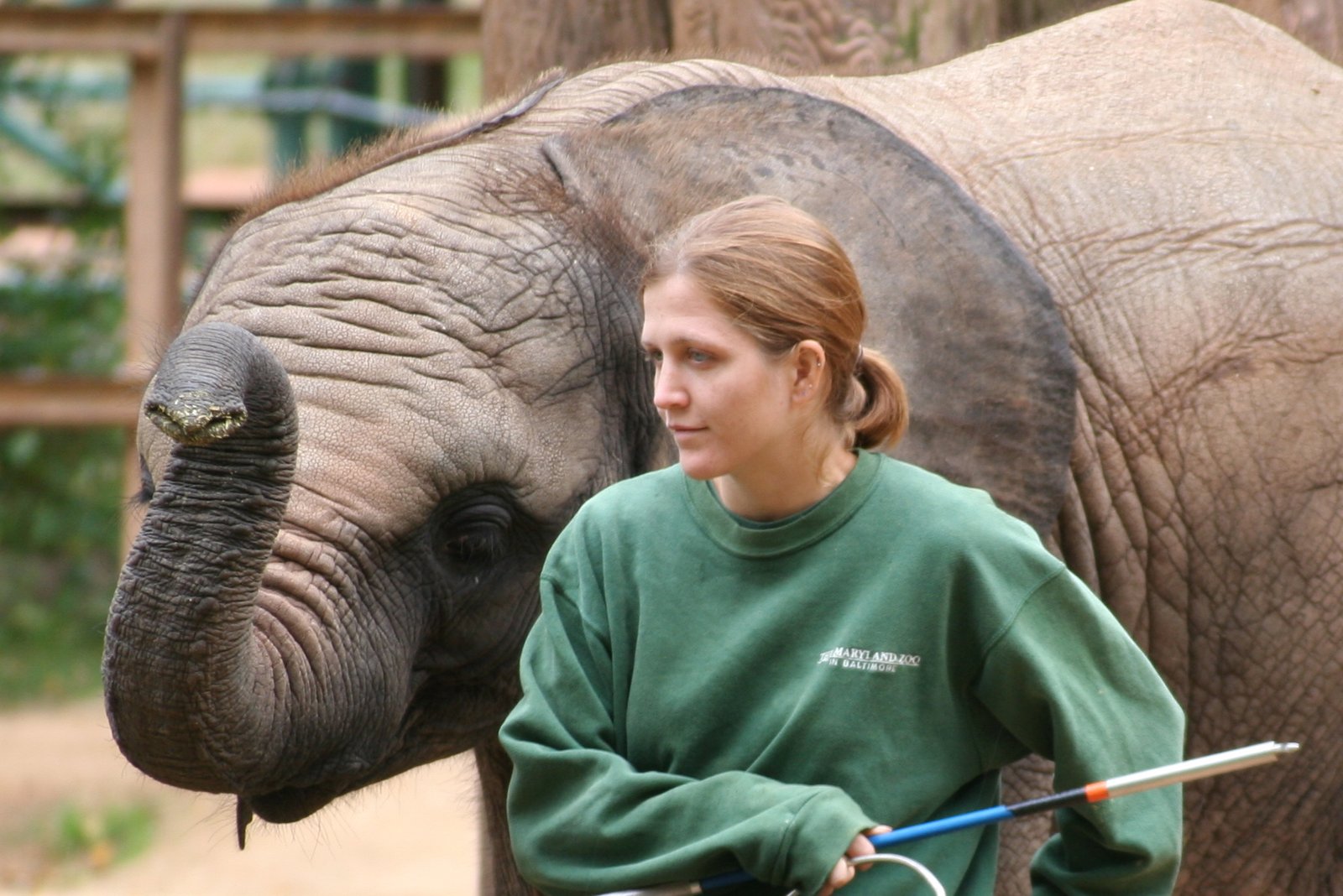
Zookeepers are more than just caretakers; they are the heartbeat of the zoo. Each day, they rise with the sun to ensure that the animals in their care are healthy, safe, and thriving. Their responsibilities are vast and varied, ranging from feeding and cleaning to providing medical care and enrichment. It’s a labor of love, requiring patience, dedication, and an unwavering commitment to the well-being of the animals. Imagine a zookeeper tenderly nursing a newborn elephant, ensuring it receives the care and attention it needs to grow strong. This is the essence of their work — a blend of science, compassion, and a deep understanding of animal behavior.
Building Bridges: The Role of Education in Advocacy
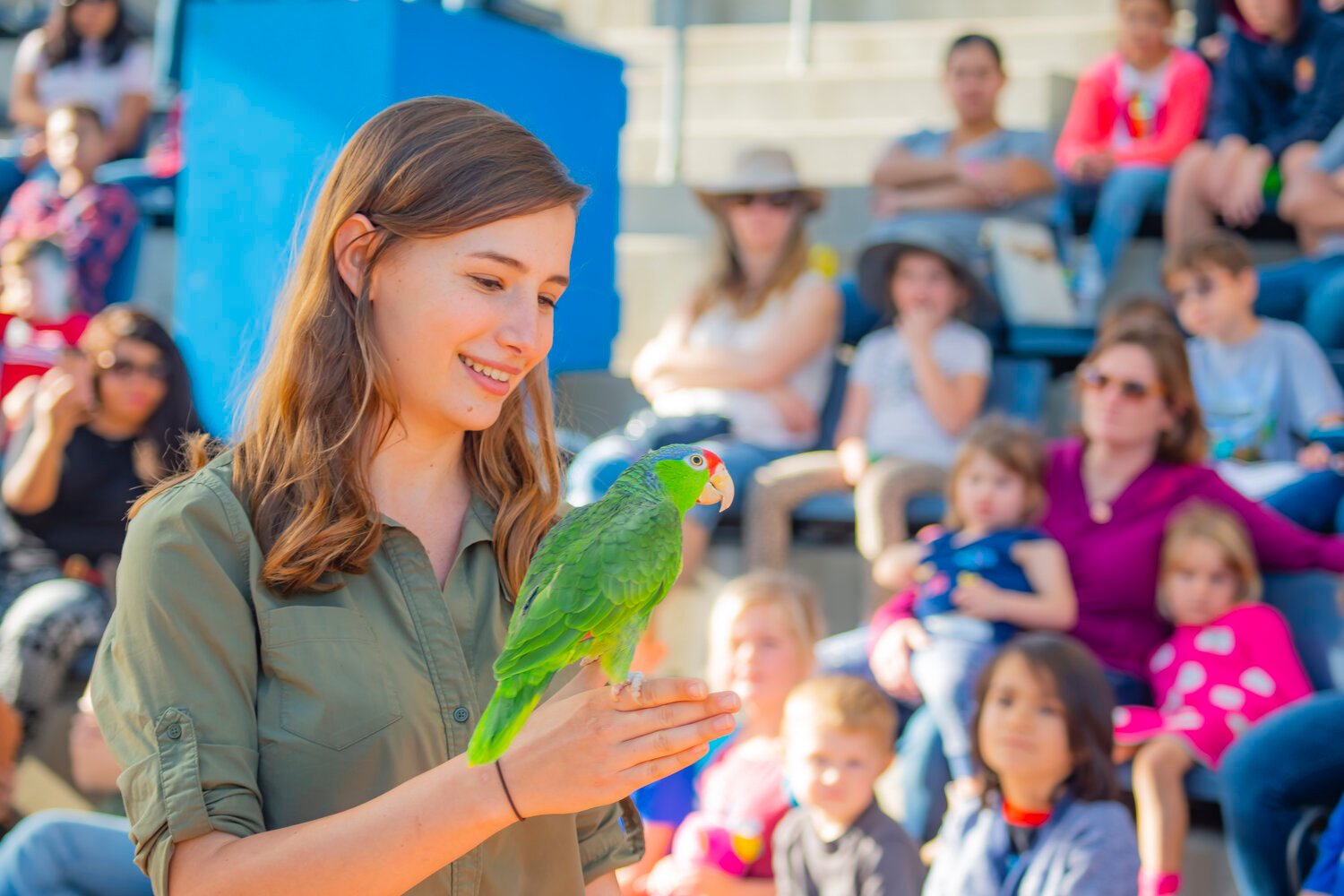
Education is a powerful tool in the zookeeper’s arsenal. By educating the public, they build bridges of understanding between humans and animals. Zookeepers often lead educational programs, sharing fascinating insights into the lives of the animals they care for. These programs are designed to inspire awe and foster a sense of responsibility towards wildlife conservation. Picture a group of children, eyes wide with wonder, as a zookeeper explains the intricate social structure of a meerkat colony. These moments of connection ignite a passion for conservation and inspire future generations to become advocates for animal welfare.
Innovative Enrichment: Enhancing Animal Lives
Enrichment is an essential aspect of animal care in zoos, and zookeepers are at the forefront of developing innovative enrichment programs. These programs are designed to stimulate the animals’ natural behaviors and enhance their physical and mental well-being. From puzzle feeders to interactive toys, enrichment activities are tailored to each species’ unique needs. Consider a playful otter gleefully navigating an obstacle course, its mind engaged and its body active. Such enrichment not only improves the quality of life for zoo animals but also provides visitors with a glimpse into the animals’ natural behaviors.
Animal Welfare: A Science and an Art
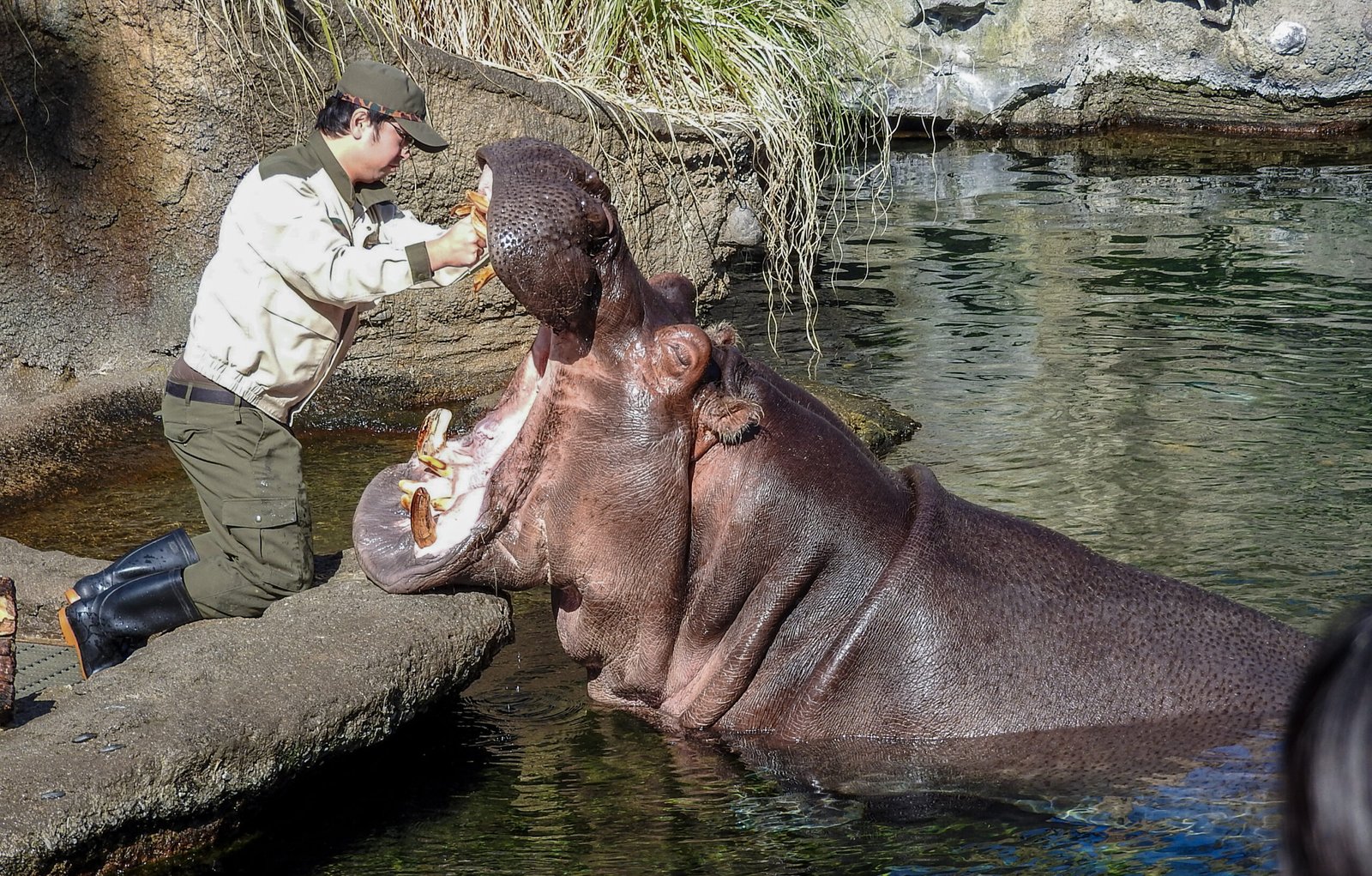
Animal welfare is both a science and an art, and zookeepers excel in both areas. They rely on scientific research to inform their practices, ensuring that the animals’ physical, mental, and emotional needs are met. This includes understanding the complexities of animal behavior, nutrition, and health care. Yet, it is also an art, requiring intuition and empathy to truly connect with the animals. Imagine a zookeeper gently coaxing a reluctant tiger into participating in a medical check-up, using a blend of expertise and empathy to gain its trust. This harmonious blend of science and art is what makes zookeepers exceptional advocates for animal welfare.
Conservation Champions: Protecting Endangered Species
Zookeepers play a critical role in the conservation of endangered species. Through breeding programs and habitat restoration efforts, they are at the forefront of preserving biodiversity. These programs are meticulously planned and executed, often requiring international collaboration and cutting-edge research. Envision a zookeeper working tirelessly to ensure the survival of a critically endangered rhino, coordinating with scientists and conservationists worldwide. Their efforts are a testament to the impact that dedicated individuals can have on the survival of species facing extinction.
Behind the Scenes: The Challenges of Animal Advocacy
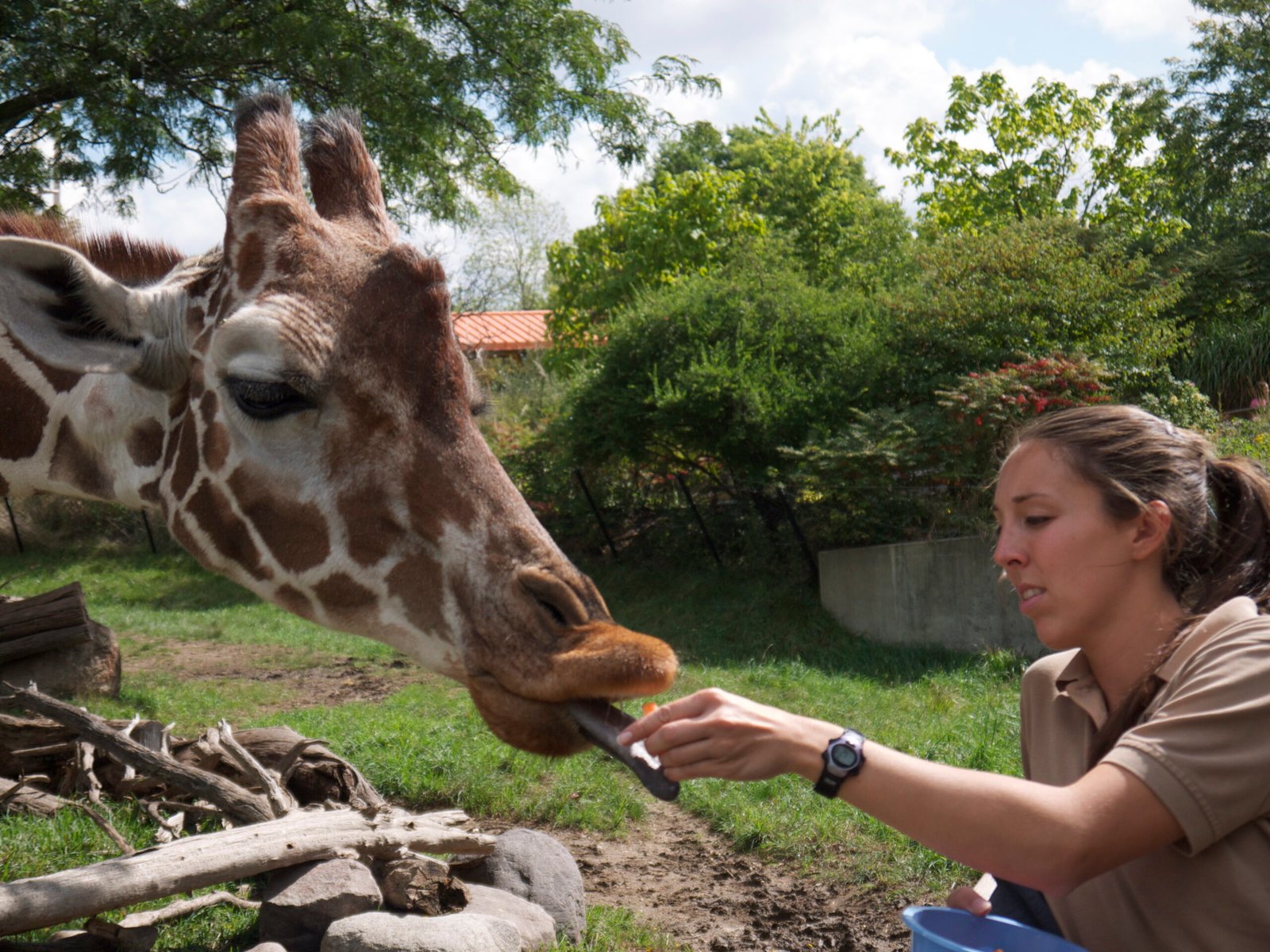
While the work of zookeepers is rewarding, it is not without its challenges. They often face ethical dilemmas, budget constraints, and the emotional toll of working with animals in captivity. Balancing the needs of the animals with the realities of running a zoo requires creativity and resilience. Imagine a zookeeper grappling with the decision to relocate an animal to another facility for its well-being, knowing it will be missed by both staff and visitors. These challenges are part of the complex tapestry of animal advocacy, and zookeepers navigate them with grace and determination.
Collaboration and Community: Working Together for Change
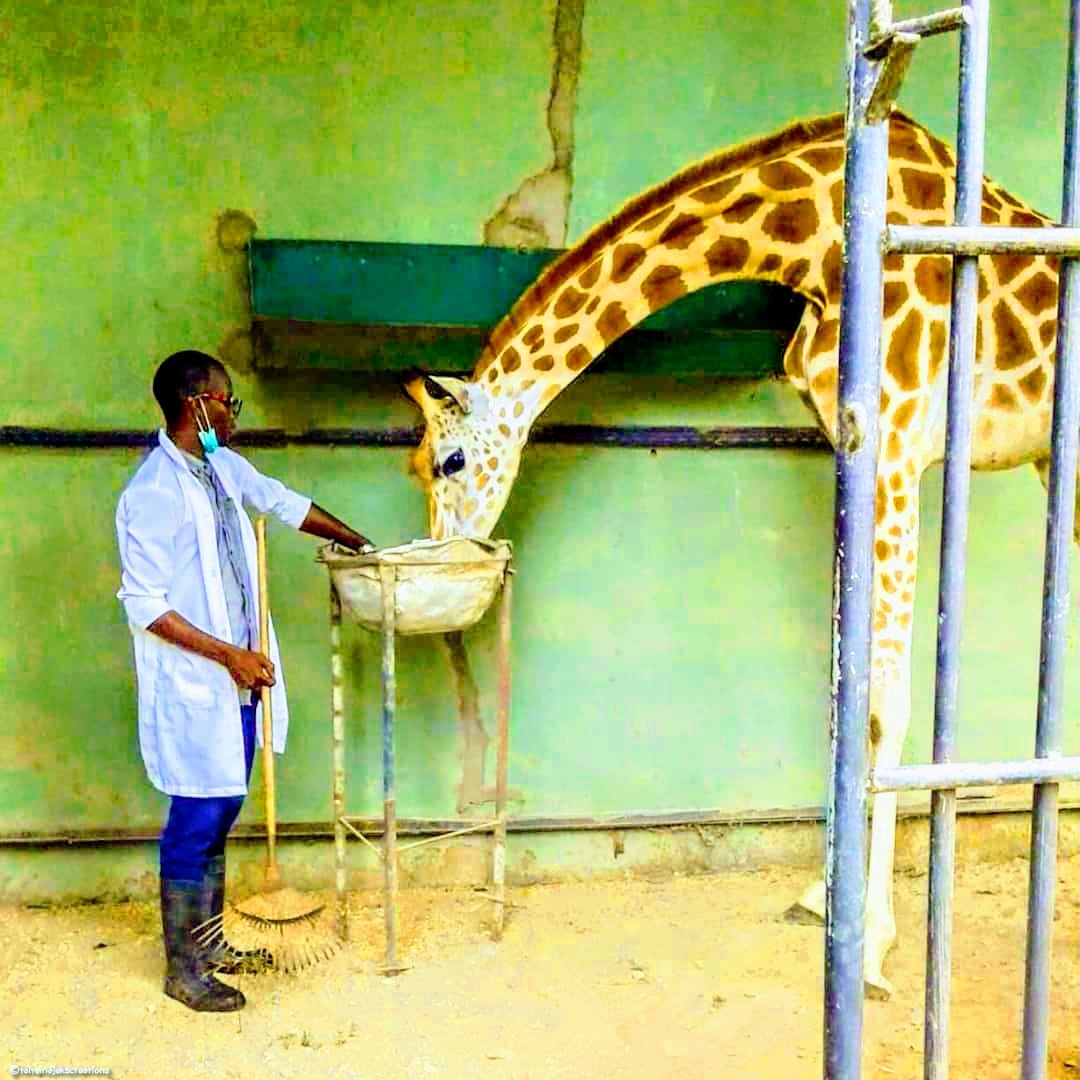
Collaboration is key to successful animal advocacy, and zookeepers often work closely with veterinarians, researchers, and conservationists. This sense of community fosters innovation and drives positive change. By sharing knowledge and resources, they create a network of support that extends beyond the zoo’s walls. Picture a team of zookeepers and scientists working together to develop a new conservation strategy, united by a shared passion for protecting wildlife. This collaborative spirit is a driving force behind the progress in animal welfare.
The Human-Animal Connection: Building Bonds
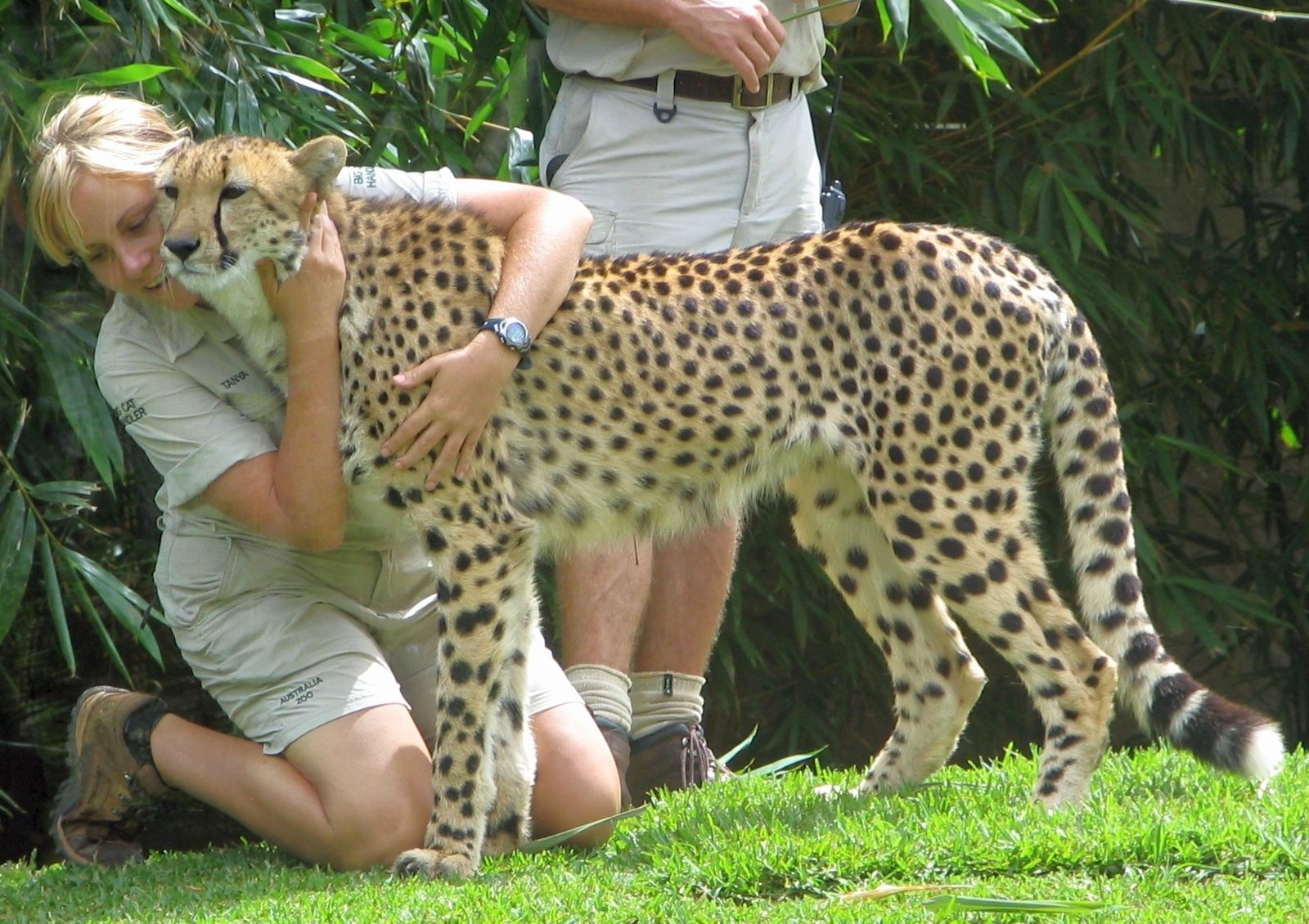
At the heart of every zookeeper’s work is the deep bond they share with the animals in their care. This connection is built on trust, respect, and mutual understanding. Over time, zookeepers become attuned to the individual personalities and needs of each animal, fostering a relationship that transcends the barriers of species. Imagine a zookeeper gently comforting a distressed gorilla, offering solace through a familiar presence. These bonds are a testament to the power of empathy and the profound impact it has on animal welfare.
Inspiring Change: The Ripple Effect of Advocacy
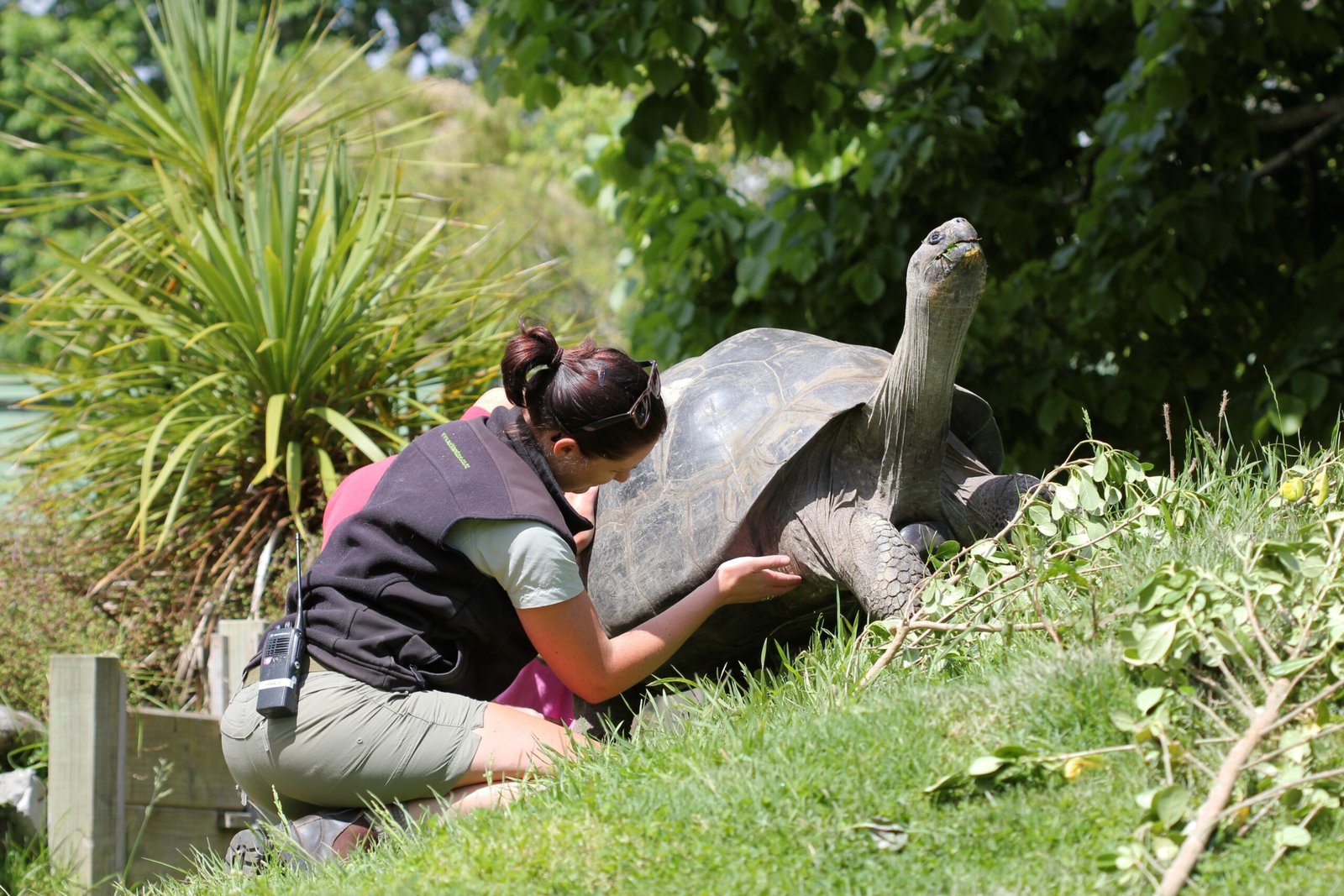
The advocacy efforts of zookeepers have a ripple effect that extends far beyond the zoo. By inspiring visitors to care about animal welfare, they create a community of advocates who champion the cause. This ripple effect can lead to positive changes in attitudes, behaviors, and policies, ultimately benefiting animals worldwide. Envision a visitor leaving the zoo with a newfound appreciation for wildlife, inspired to make a difference in their own community. This is the lasting impact of zookeepers’ advocacy — a legacy of compassion and change.
Conclusion: The Unseen Heroes of Animal Welfare
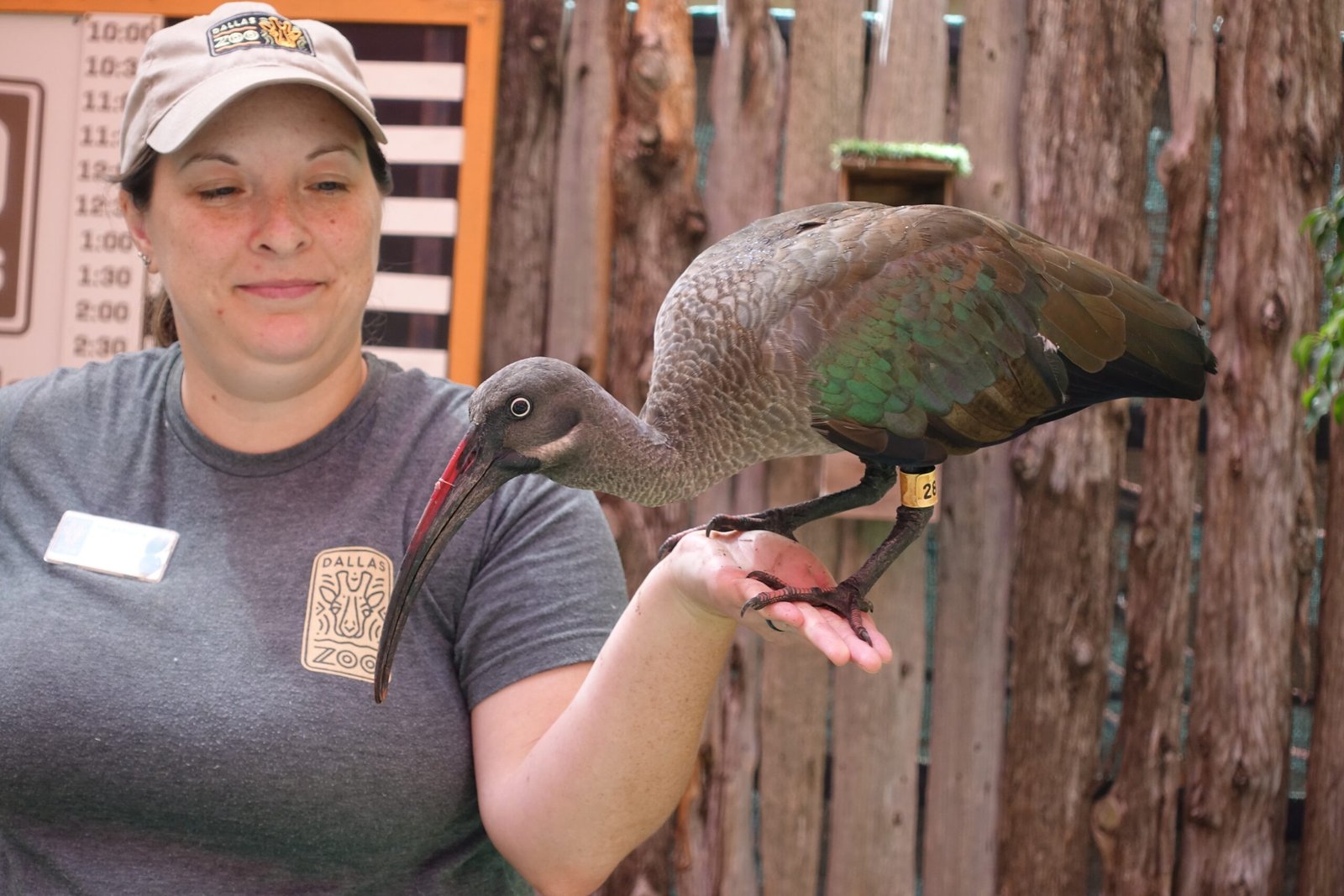
Zookeepers are the unseen heroes of animal welfare, working tirelessly to ensure that the animals in their care lead healthy, fulfilling lives. Their dedication, compassion, and expertise make them powerful advocates for change, inspiring others to join the movement for animal welfare. As we leave the world behind the glass, let us carry with us the lessons of empathy and advocacy, and strive to create a world where all creatures are treated with the dignity and respect they deserve. What role will you play in this journey for animal welfare?




